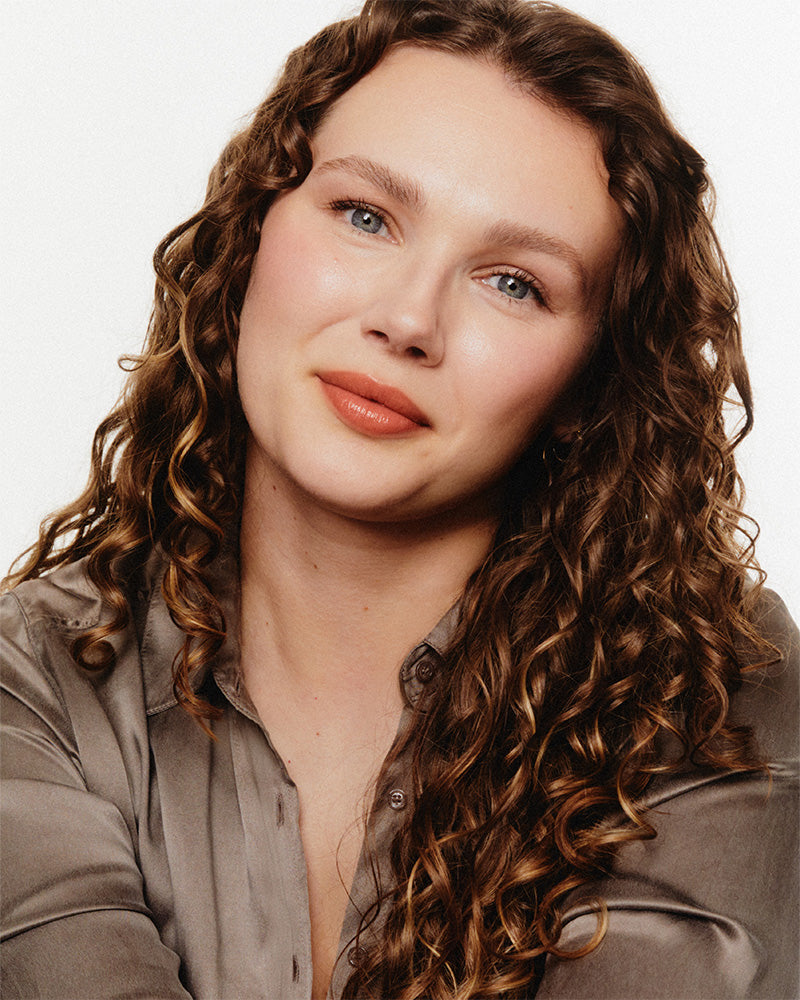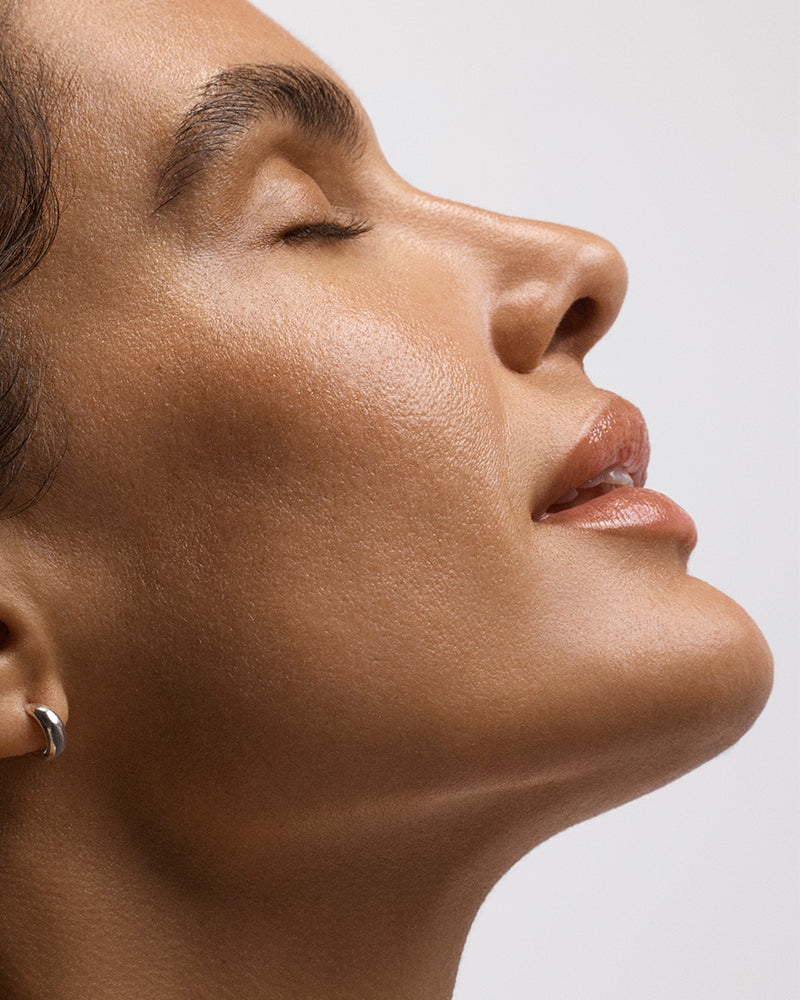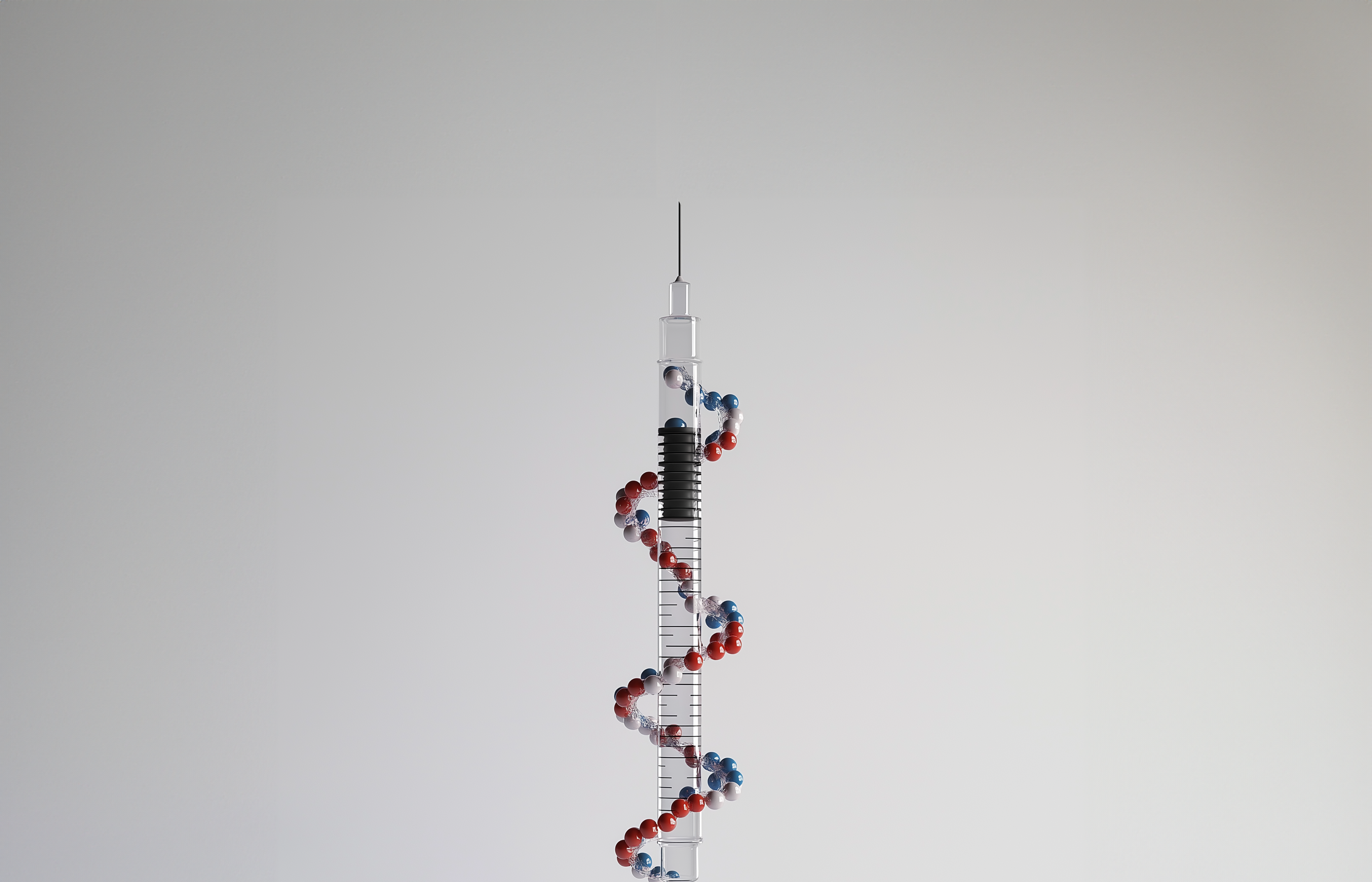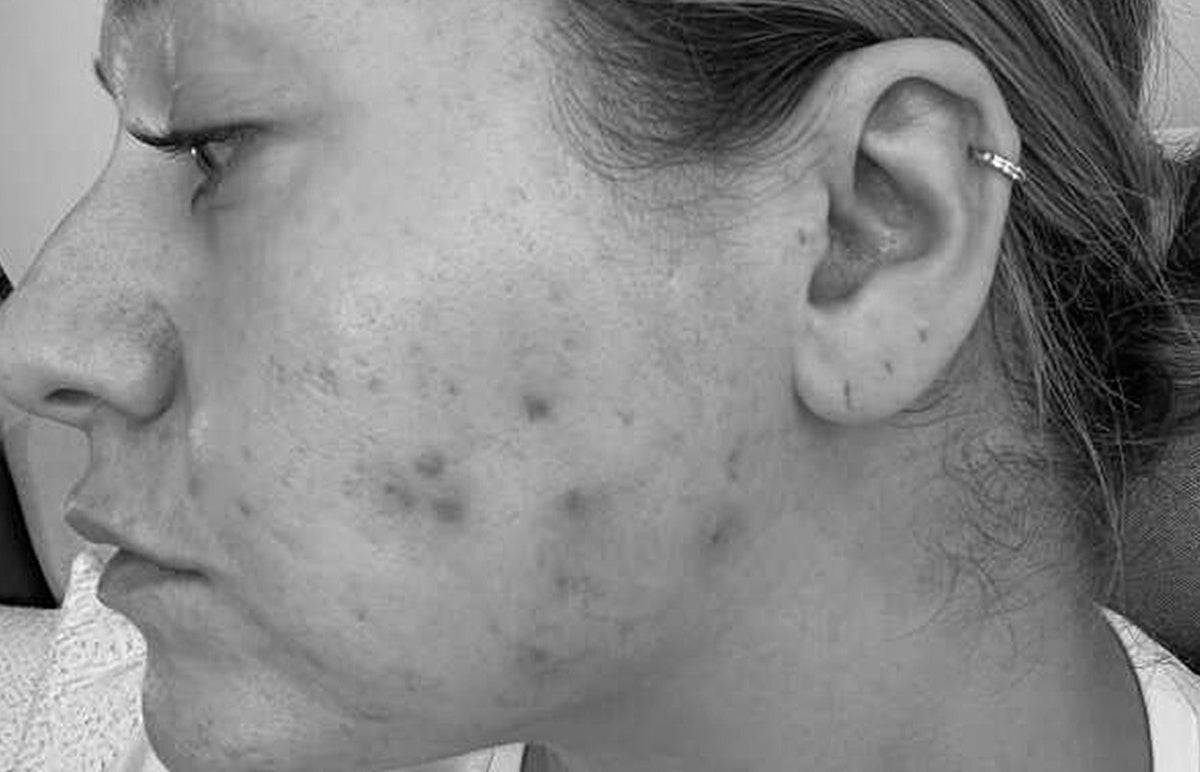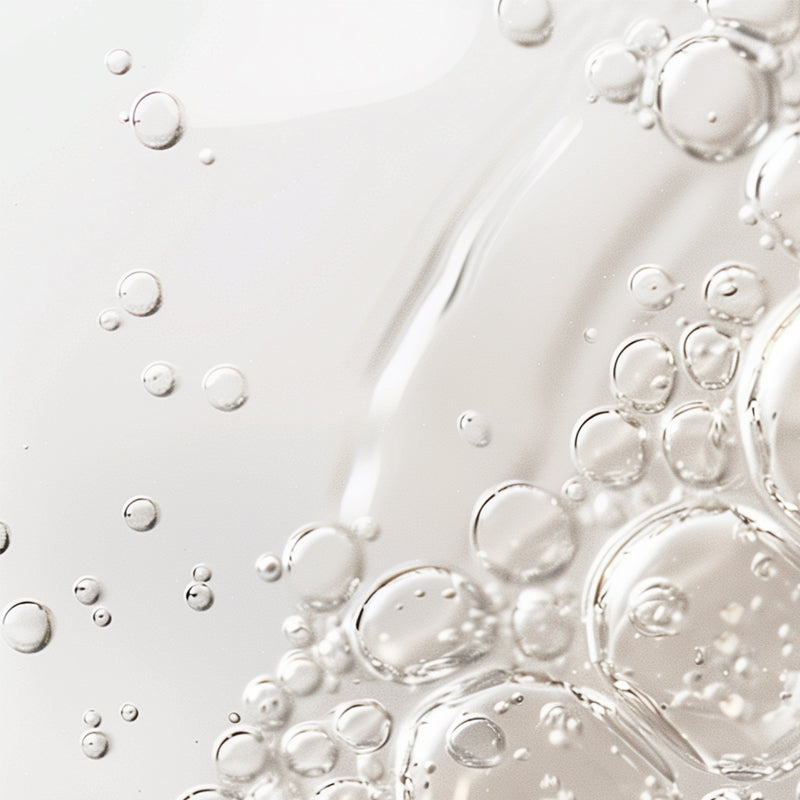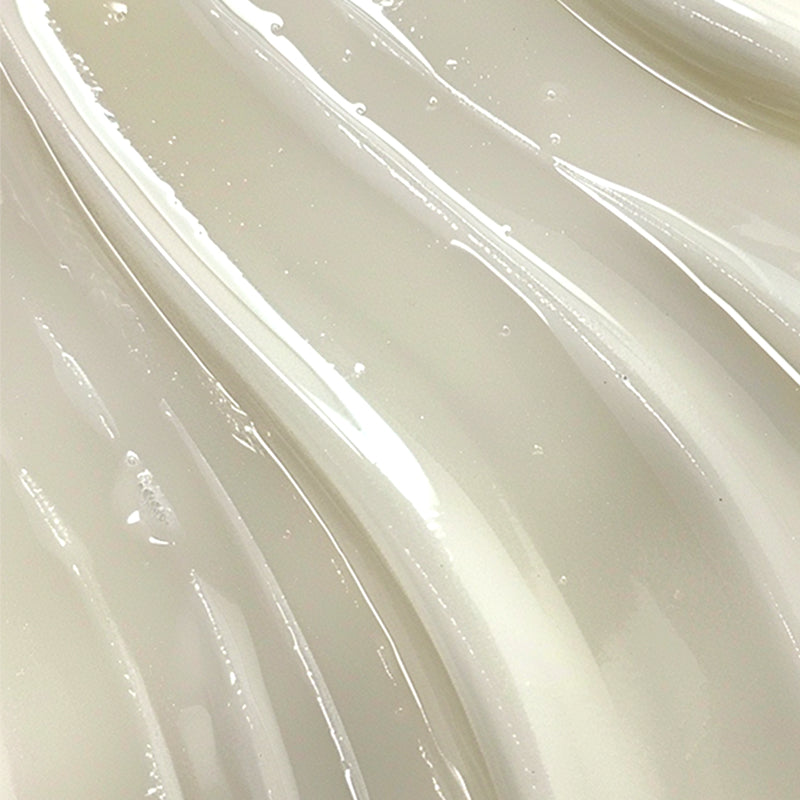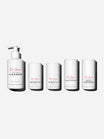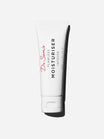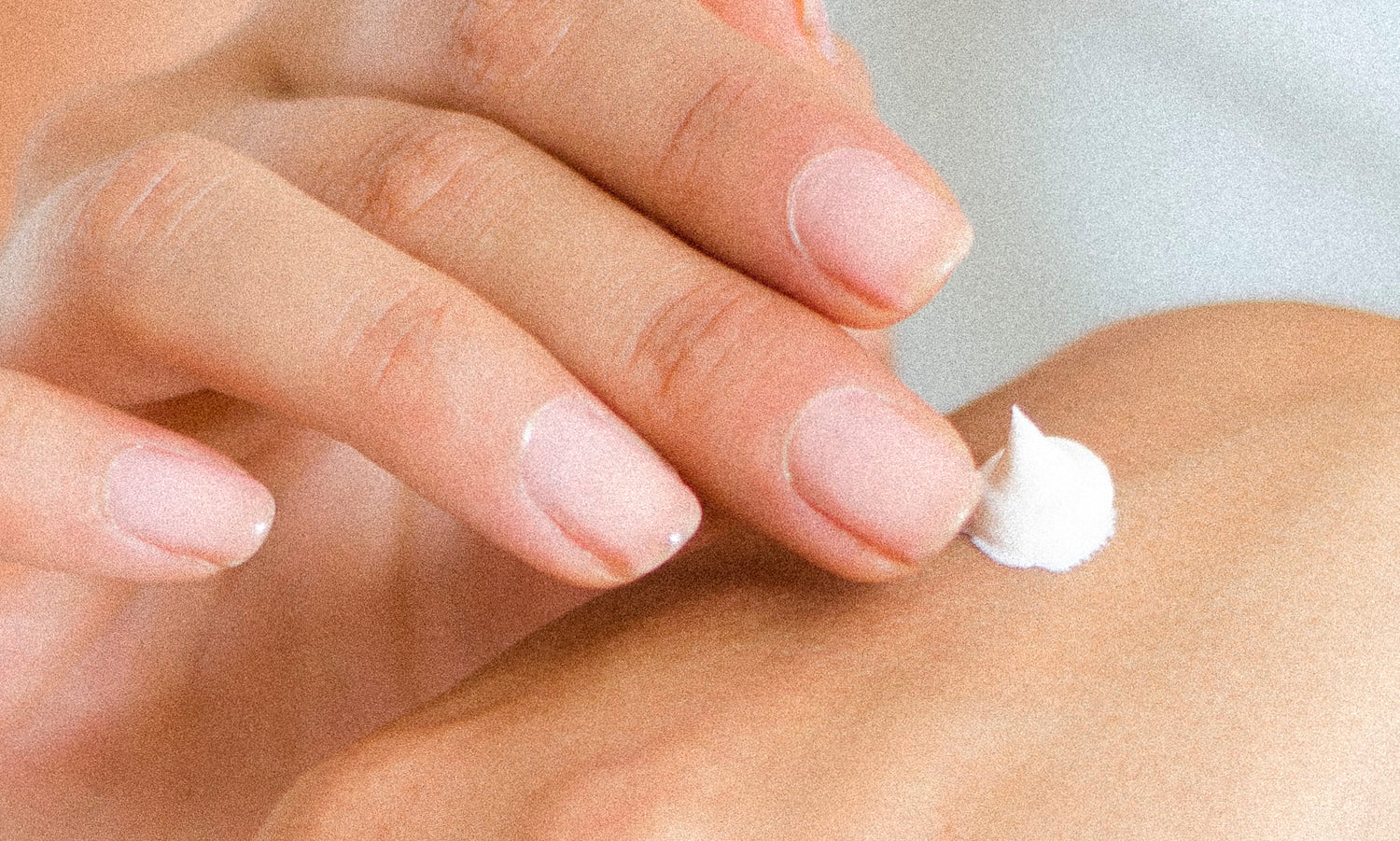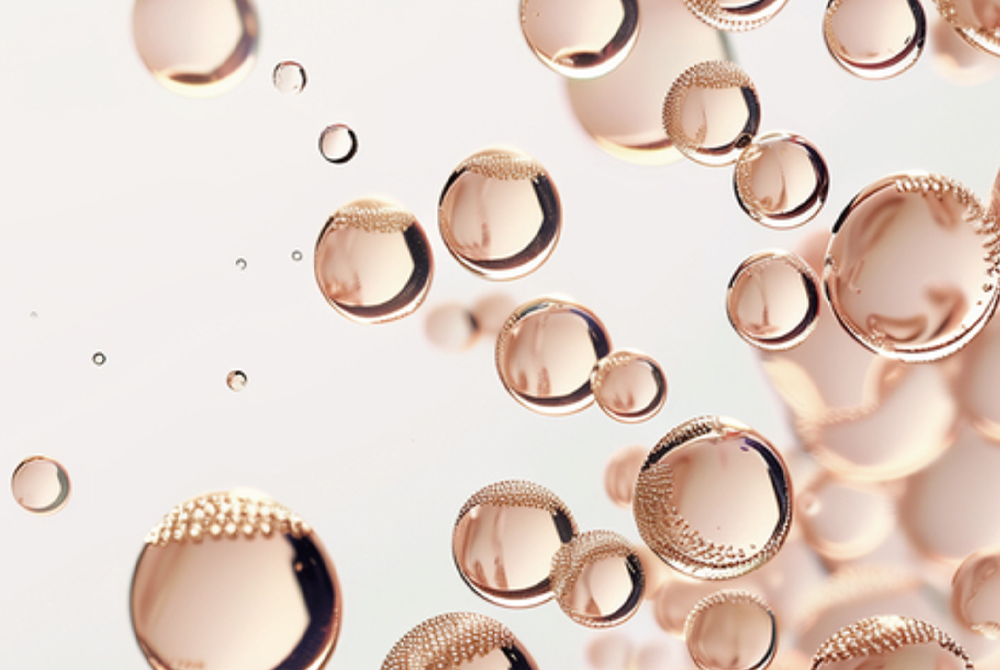It can be utterly daunting shopping skincare. Retinoids, acids, clean beauty, the things you mustn't use…...where on earth do you start?
In this week’s video we look at the commonest skin complaints we see in the clinic and look at the top 3 ingredients for acne, melasma, premature ageing and redness - we call this the Actives Hierarchy.
Dr Emma and I came up with this idea during our Lockdown Lives on instagram to help you tackle the issue of how to prioritise the right ingredients for your skin. We recognise that you have only so many hours in the day and only so much space in your routine (especially the morning) so it’s important to dedicate a spot to only the most useful of ingredients.
What Are The Best Ingredients For Acne?
In poll position are our good friends the retinoid family. They do so much. They unclog pores, they prevent comedone formation and theye’re anti-inflammatory too. Plus they help reduce the pesky marks of post-inflammatory hyperpigmentation (PIH).
Azelaic acid comes in at position number 2 as it complements the effects of our retinoid by further unclogging and calming blemishes. And it’s antibacterial and helpful in pigmentation too. We added both a retinoid and azelaic acid to Flawless Nightly Serum because they’re that good a partnership.
An honourable mention goes to Benzoyl Peroxide for it’s powerful effects on defusing a new emerging blemish.
What Are The Best Ingredients For Premature Ageing?
Whilst not strictly speaking an Active, daily sunscreen use plays a huge role in managing our skin’s ageing trajectory. So we’ve popped it in her at top position.
It won’t surprise you that retinoids come in at number 2 given that they’re the gold standard of anti-ageing. They affected just about every aspect of skin function, but most significantly they fire up our fibroblasts to make more collagen and they kickstart our epidermis into speedier turnover, making it smooth, bright and glowy.
In position number 3, we like vitamin C for its collagen assembly properties and antioxidant protection. It also helps reduce hyperpigmentation.
And as a sneaky 4th, I’m popping in Niacinamide, the crowd-pleaser B vitamin that’s well--tolerated, easy to formulate and helpful in boosting barrier function and collagen production.
What Are The Best Ingredients For Melasma?
Melasma is a tough one to solve with non-prescription skincare. It can definitely be improved though. Here we’ve assumed SPF is a given. Ideally one with iron oxide in it, and we’d suggest a water-resistant formula in summer - physical sunscreens work well here.
A retinoid is key - this helps improve the pigment distribution in the skin by regulating melanocyte behaviour. It also helps any other ingredients applied penetrate more effectively.
In 2nd place, you need a pigment suppressor. There are many options - our favourites in clinic are hydroquinone, azelaic acid and occasionally arbutin. Most of these can cause some irritation so introduce gradually to avoid them worsening the pigmentation.
Then a little vitamin C is always nice. We’ll use this combination together throughout the year, rotating through different pigment suppressors, depending on the season and goals.
What Are The Best Ingredients For Redness?
It has to be azelaic acid in first place here. It’s such a great all-rounder in redness-prone skin of the rosacea variety - it reduces skin reactivity and improves texture. Super-helpful if you’re also prone to the odd blemish.
Then in position #2 we like niacinamide - it’s barrier-boosting properties are helpful in context of redness-prone sensitive skin and it’s also anti-inflammatory.
At #3 retinoids are extremely helpful once skin has been calmed, to help redensify the dermis, but should only be used (with caution) once any active redness is controlled.
So that’s a little journey through the Wedgeworth-Bunting Actives Hierarchy (!) Hopefully that helps give you some clarity and structure so you can banish confusion and build an effective skincare routine for your skin’s needs!

